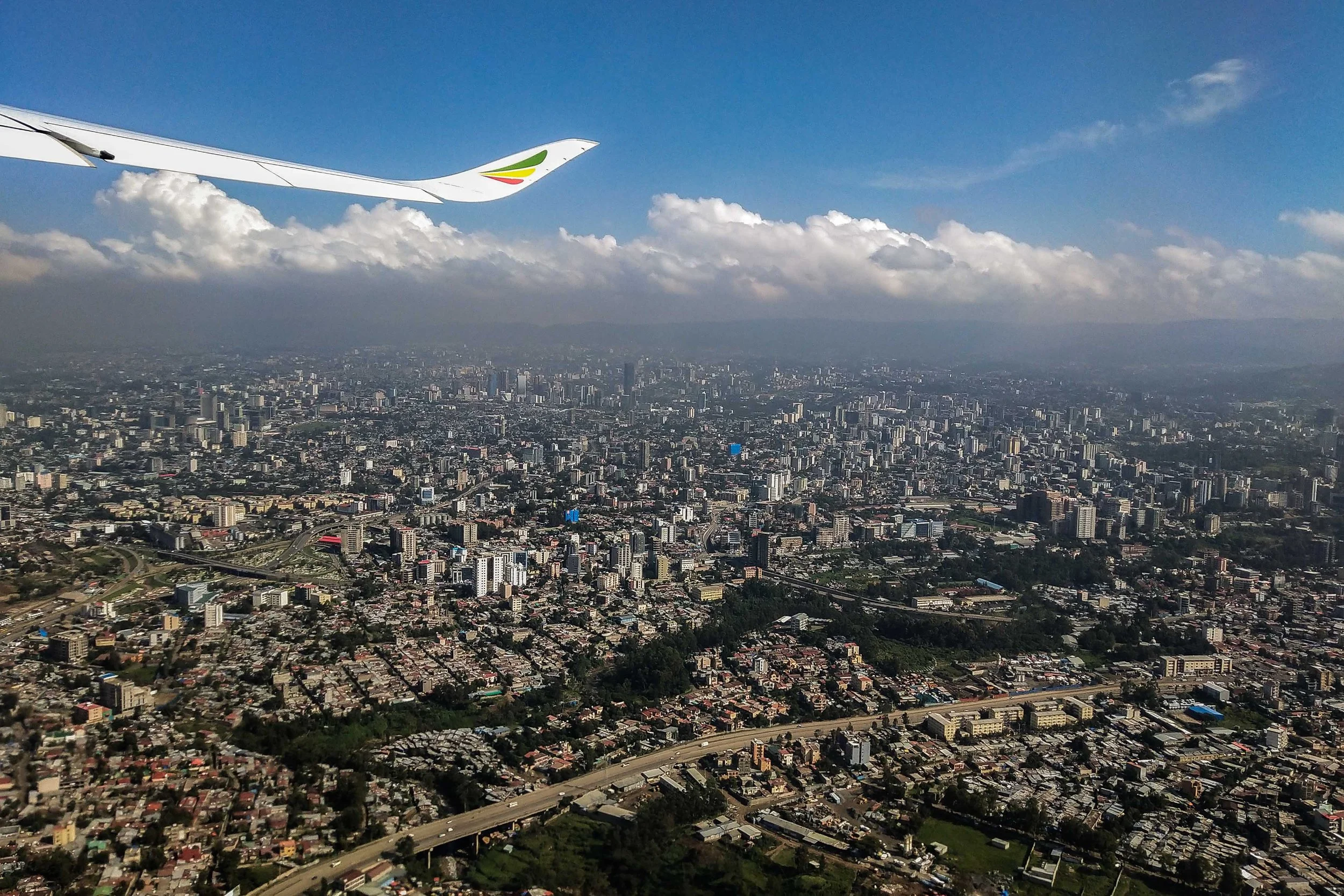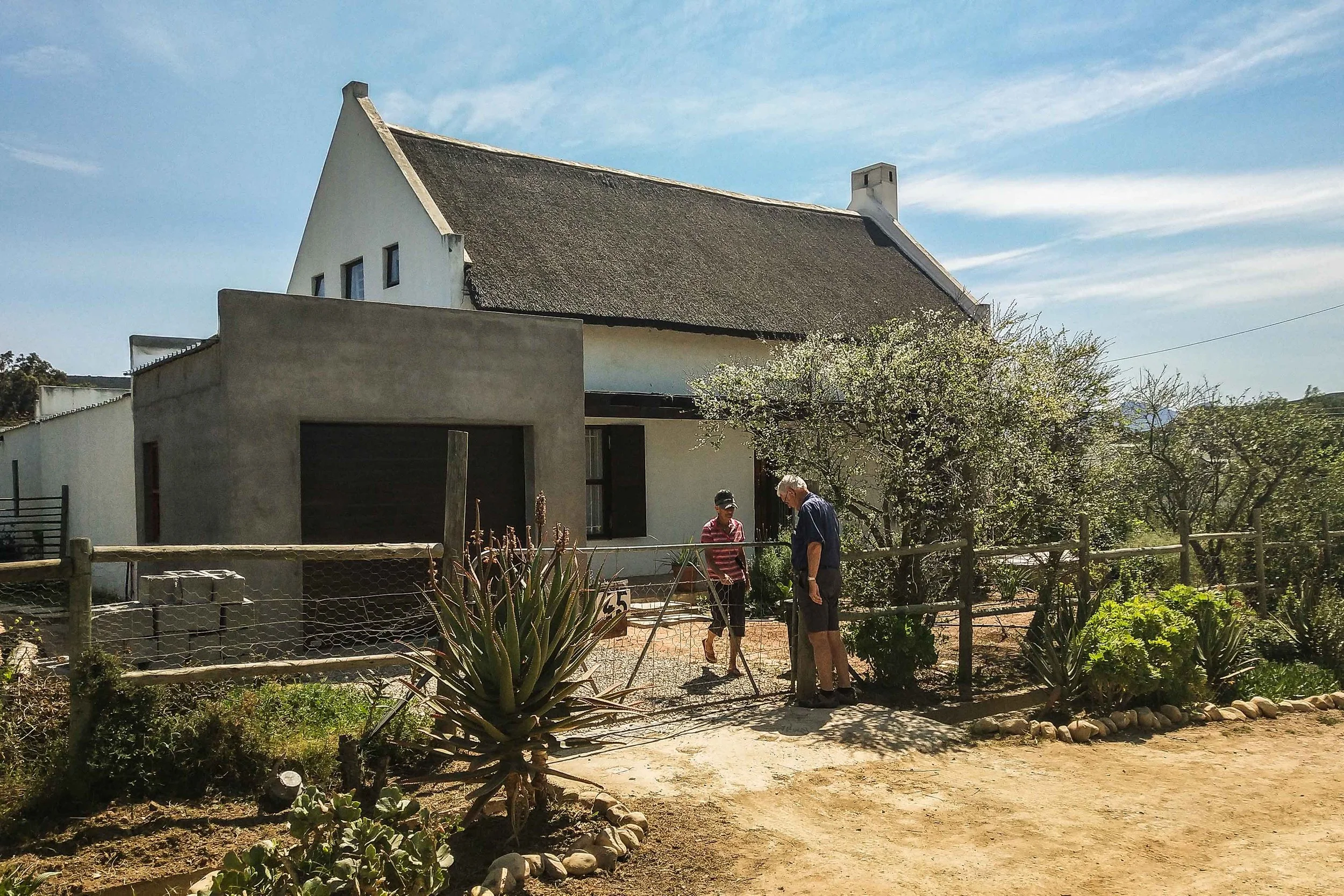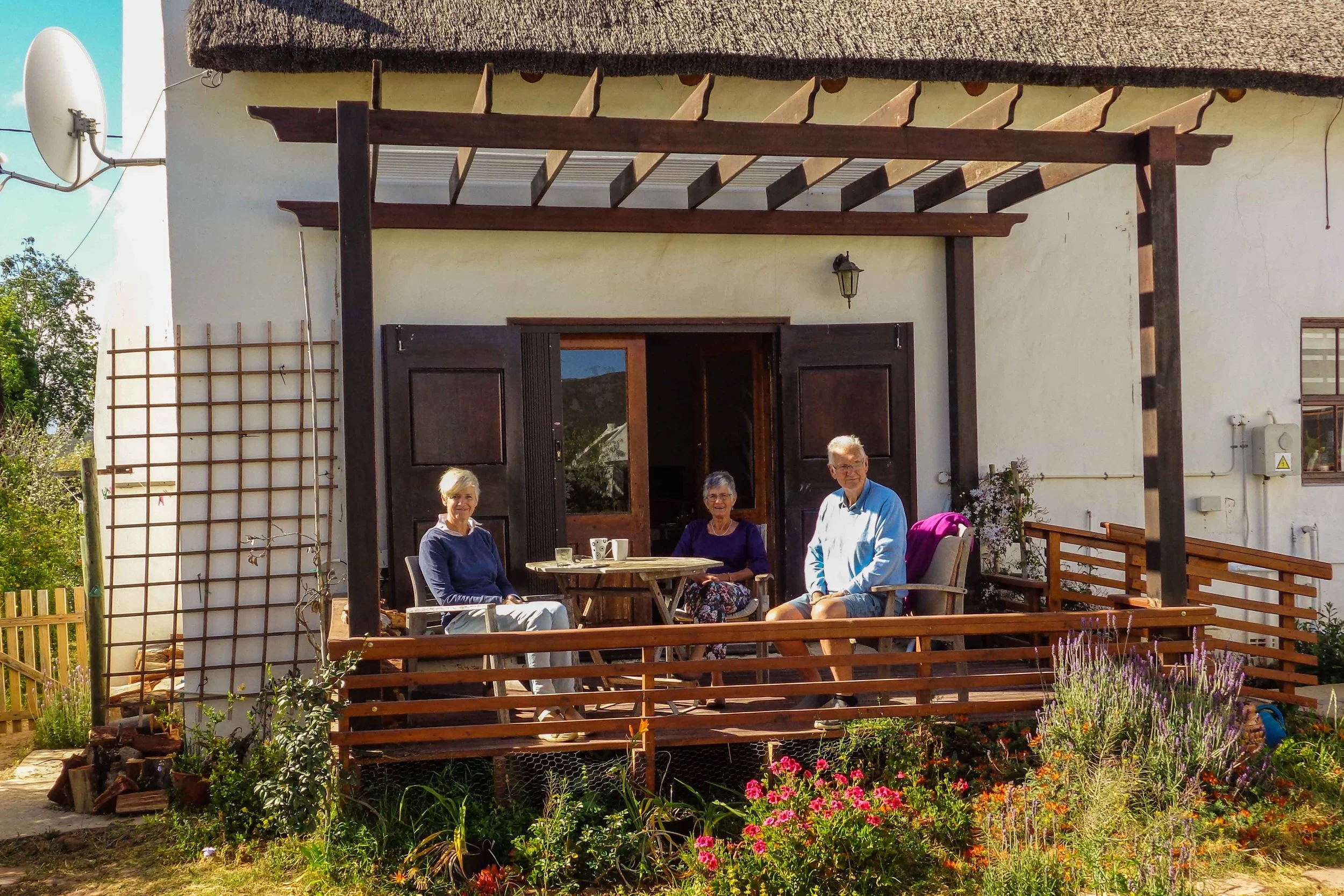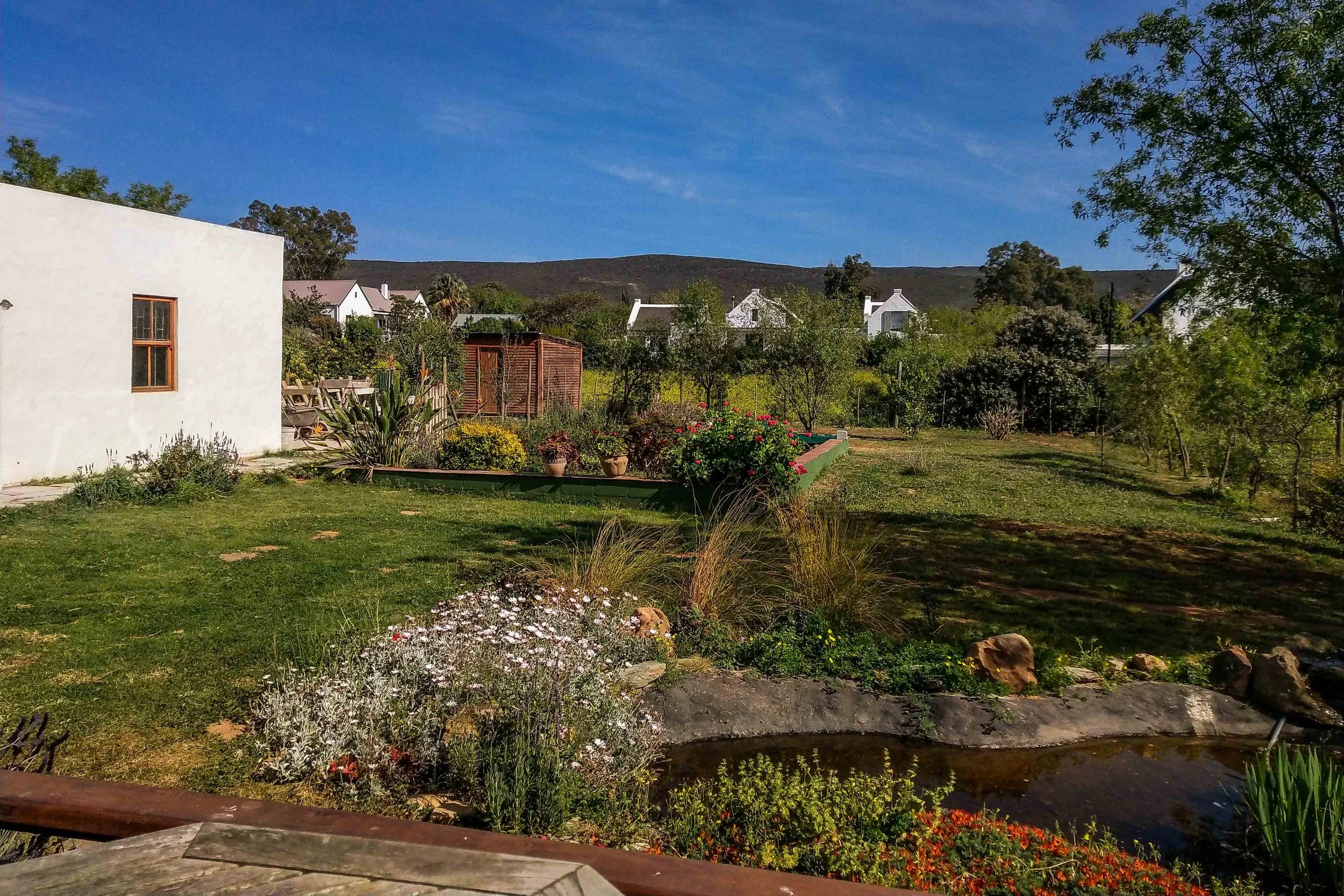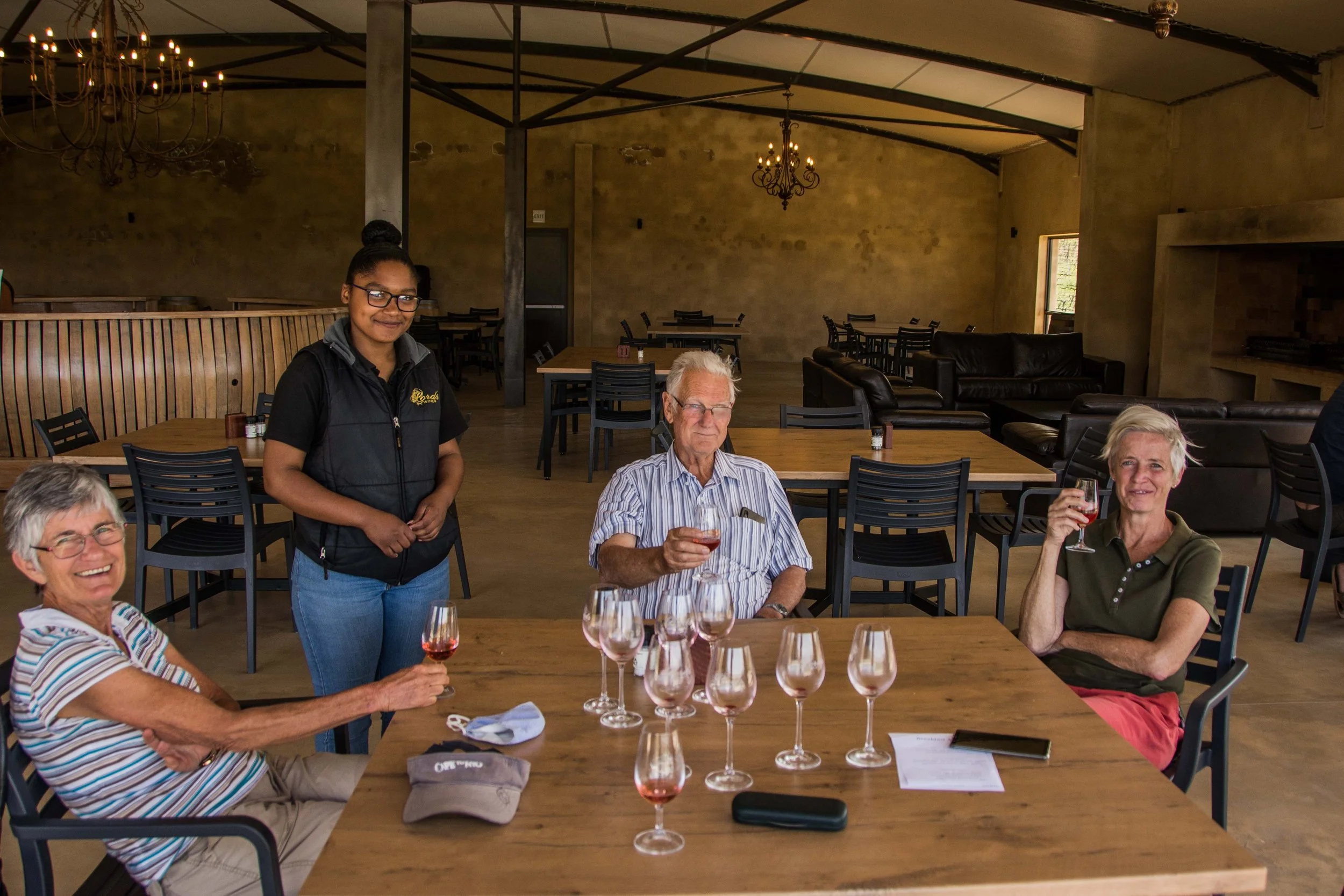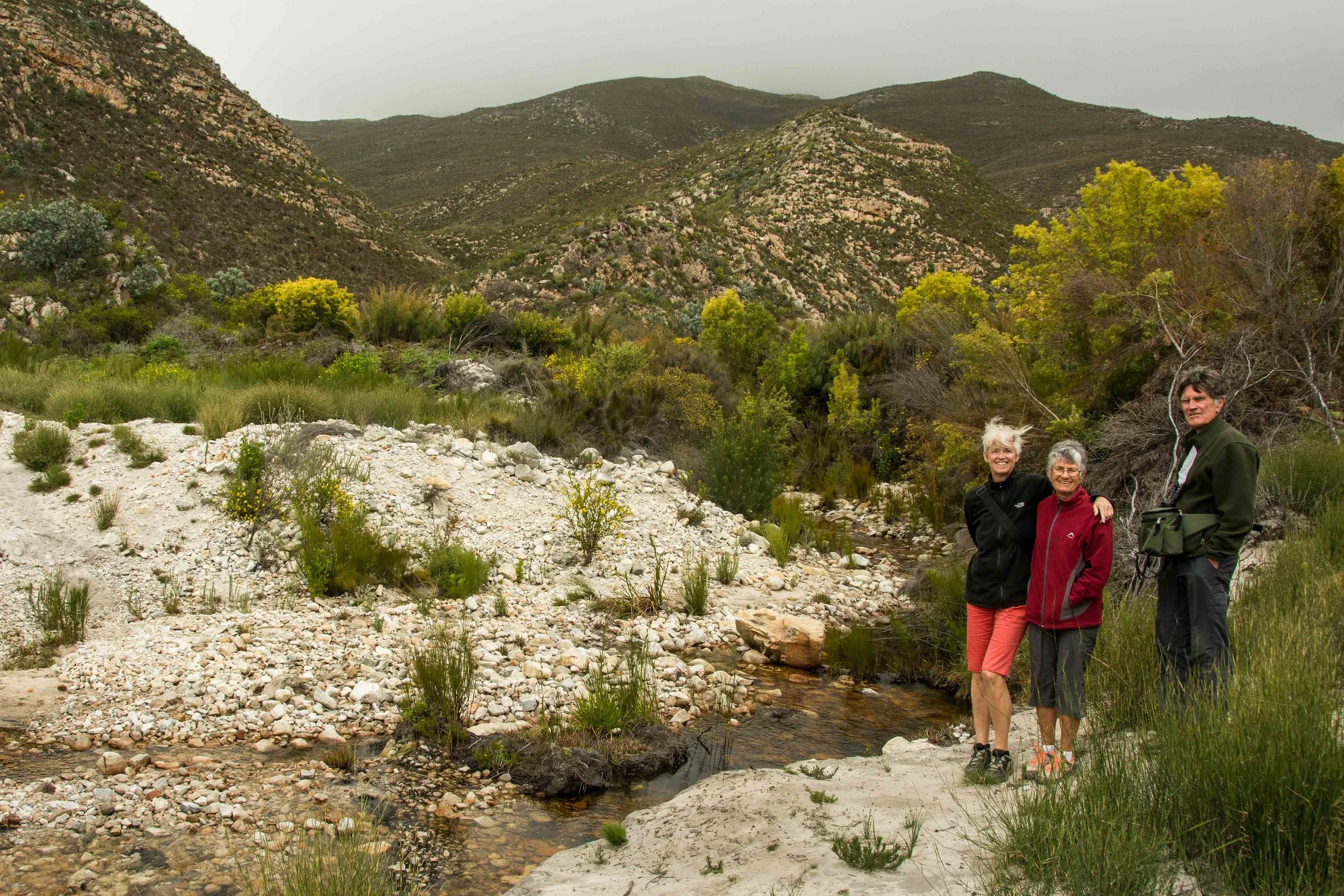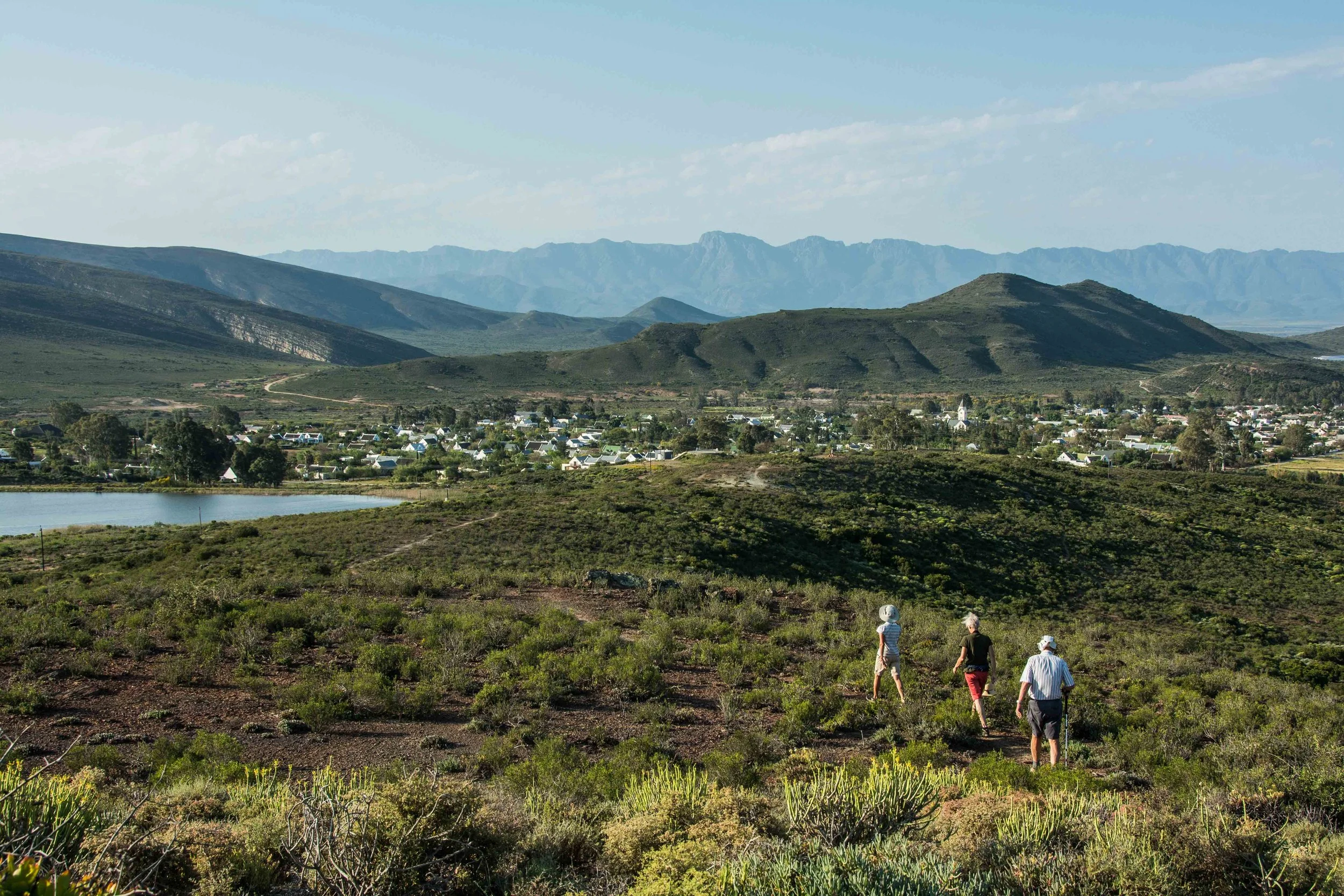The Ethiopian year is determined by the Coptic calendar and the Ethiopian New Year, known as Enkutatash, falls on the 11th September. It also celebrates the beheading of John the Baptist. There is a seven-year difference between the Gregorian calendar which we use and the Coptic calendar. So, this year New Year ushered in the year 2014 in the Coptic calendar.
And two weeks after New Year is Meskal day, which celebrates the finding of the True Cross, celebrated by lighting bonfires dancing and general partying. One of the traditions, is that groups of young girls and young woman go around dressed in white dresses and sing traditional Ethiopian songs, and are recompensed by donations from the public. As it was explained to me when I asked what it was about; “We sing a song for you and you give us money”. I obliged and was treated to a song accompanied by erratic drumming and hand-clapping..
1. Meskal girls. Note the basket in the hands of the girl in front. It is packed to overflowing with bank notes
Ursula had a few days holiday and by combining this with the public holidays we decided we could take 10 days leave from Addis. At first we thought of going to Serengeti, but in the end, we decided we had seen most of the animals we were likely to see there, and we decided to visit my sister, Barbara, and her husband Martin in the Cape. Barbara and Martin had just moved from Cape Town to the village of MacGregor, about 200kms north of Cape Town, and in the Cape winelands.
From there we decided to fly to Durban to see long-time friends, Francie, and Davine whom we hadn’t seen for many years.
2. Saying goodbye, temporarily, to Addis, we flew to Johannesburg, and on to Cape Town.
Barbara and Martin collected us from the airport and we drove the 180km north to their new home. The area around MacGregor lies on the boundary between the Karoo and the Fynbos biomes. This makes it extremely interesting ecologically. The nearest big town is Robertson 20 km away and the whole area is in the heart of the wine growing country. An added attraction.
3. Barbara and Martin inspecting their front gate for any defects. They have already extended the garage, the grey cement on the left, soon to be painted.
Barbara and Martin’s house is really gorgeous and we were immediately taken with it. It has a thatch roof and two bedrooms and a large lounge/dining room. There is also a “Granny flat” under development. They have a largish garden, with a deck, and a small pond in front of the deck that attracts the birds now that it is the dry summer season. Weavers, Red Bishop birds and many others visit the feeder and the pond. Guineafowl arrive most early mornings to look for food on the grass. With a bird-feeder hanging in the trees near the deck, and the pond, it is good place to relax with a glass of something.
4. Happy sundowners, and breakfasts and lunches, and any other excuse for being outside, were spent on the deck.
The garden itself is “in development.” There is a low-walled section that is ideal for growing vegetables, and plenty of room for fruit trees. The shed at the end of the garden offers immediate possibilities for “chicken ranching”. The previous owner had an extensive irrigation system but unfortunately al the pipes are buried, and no-one knows where they are. The pipes are only found when Martin or Barbara cut through one with a spade when planting. .
5. The garden from the deck, the white Granny flat on the left. The wooden shed at the back on the left is the ideal place for chickens.
Saturday morning was market morning in MacGregor. A small market, at most about 15 tables, but the produce was good. Not so much in the way of fresh food but lots of things like jams, home-made fruit cordials (lemon at this time of the year) and handicrafts. One of the things about MacGregor is that there are a number of retired people with skills and time, and this looks to be one of the strengths of the town.
The MacGregor festival was taking place on the that Saturday. One of the activities was a dance concert put on in the church hall. The dancers were all young children around the age of 10 and part of a community dance group. We watched from the doorway, the inside was packed, and it was certainly an enthusiastic performance.
6. The market and a few of the stalls. The white building behind is the church hall where the dance concert took place.
A restaurant, Temenos, was holding an exhibition in their garden of work by local artists. The restaurant itself sells local produce, wider than MacGregor only, but mostly from the district. The restaurant, more of a bistro really, serves breakfasts and light meals and seems to be an informal gathering place to meet up with friends and discuss the events of the day.
7. The art garden, a lovely cool and green garden in the heat of the day.
A bit of background. In the past the “coloured” and black population of MacGregor lived on the outskirts of town in an informal settlement of corrugated iron and wooden shacks. A few years ago it was decided that this was unacceptable and a suburb known (somewhat ironically perhaps) as White City was built and the population of the informal settlement were given apartments there. This suburb adjoins the MacGregor and it is easy to believe that as MacGregor develops and expands, the boundary between the two will disappear. The houses are a mixture of double-storied town houses and single-story houses.
8. A typical street in White City. All houses in MacGregor, not only in White City, have to be painted white, part of the building regulations.
As part of the MacGregor festival a garden competition was organised for the gardens of White City, and the four of us walked through White City to see the gardens entered. On the small plots available for planting, some impressive gardens have been developed. There was also a category for developing gardens. We talked with several of the owners and we were struck by their pride in their gardens, and the hard work they had put into them.
It has always seemed to me, back from the old days of apartheid, that when people start to put effort into making gardens it is an indication that they feel secure, that they are not going to be uprooted and displaced.
9. One of the White City gardens in the competition.
10. And another
One of the advantages of life in Macgregor is the ease of getting out into the countryside. From the house it is a walk of only a few minutes, and you are at the dam which supplies irrigation water to the town, and an easy walk around it. The dam is used by fishermen, by swimmers in summer, and is a favourite spot for dog walking. (Almost everyone in MacGregor seems to have a dog! (Except Barbara and Martin)).
11. Looking toward MacGregor, but which is out of site below the dam wall.
And then there is the wine. The wines of the area around Robertson have always been my favourite So, we took advantage of this and went wine-tasting at Lord’s winery. The owner is a fanatical cricket fan, hence the name (Lord’s cricket ground) and the entrance is full of cricketing memorabilia. And the wine lived up to expectations. Light lunches are also served and we settled on pizza to have with our tastings. Naturally we bought several bottles to drink later. A most pleasant experience.
12. Wine tasting at Lord’s with our very helpful and knowledgable assistant. As you can see from the glasses, it took a extensive tasting before we coud make up our minds.
The winery hosts a pair of Blue Cranes which appeared to be surveying the nesting potential of a small island in the middle of an irrigation dam. Blue Cranes are found only in the South Africa, and mostly in the Cape, and it was a joy to see these rare birds up so close. These are tall birds and it is rumoured that if angry they can take your eye out with their bills.
13. Later in the day the ccranes flew across and landedon the lawns in front of where we were wine tasting.
Lord’s winery is slightly higher up the valley from MacGregor, in the foothills of the mountains, and this means that it is in the fynbos ecosystem, and another agricultural pursuit on the estate is protea growing. Which means Sugarbirds in abundance. Another Cape endemic.
14. The Cape Sugarbird
Besides wine tasting at Lord’s, or indeed on the deck watching the sun set, much of our time was spent walking in the glorious countryside. Macgregor lies on a plain between the mountains and there are beautiful, wild valleys to be explored in the mountains, and easier walks around the plains and small hills.
15. In the mountains on a cold day. It was still late winter and could still be quite cold out of the sun.
Koffiekop hill, 15 minutes’ walk from the house, overlooks MacGregor and this was another lovely walk and the added height allows a perspective over the town. Very different from the valleys, it is knee-high karoo scrub; as we were there shortly after the winter rains, the karoo flowers were still in bloom. The karoo is a dry system with succulents being common and take pride-of-place in many gardens.
16. Barbara leading us homeward. The view over MacGregor from Koffiekop, with the dam on the left of the picture.
On our last night there we went to a restaurant in Robertson, The Four Cousins. As the name suggests, it is run by four cousins, who own Robertson’s winery and also make their own beer. The restaurant was excellent, as was the wine, and I had possibly the best steak of my life. Melt-in-the-mouth tender and perfectly cooked, bleu.
And Ursula enjoyed a boutique gin with floating strawberries. It was a marvellous place for a farewell dinner.
17. Ursula and the pink gin.
The next morning Martin and Barbara drove us back to Cape Town airport and we flew to Durban with fond memories of MacGregor. It really is lovely without being at all “twee”, and I am sure that Barbara and Martin will be very happy there.
Many thanks from both of us to Martin and Barbara for giving us such a memorable time there.
18. Looking to the future from Koffiekop.
The next part of our trip, to Durban, will come next week.

